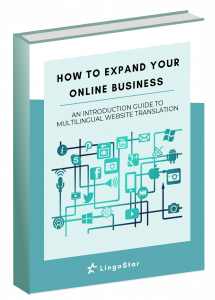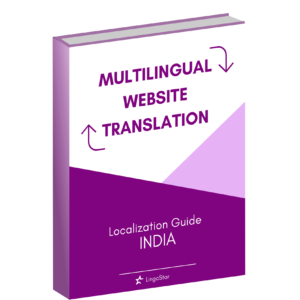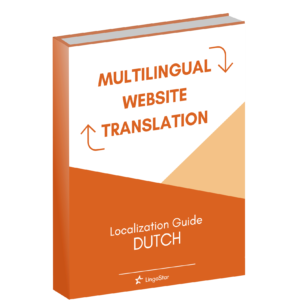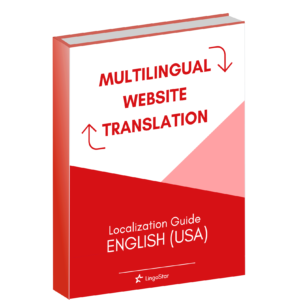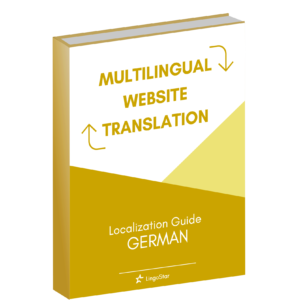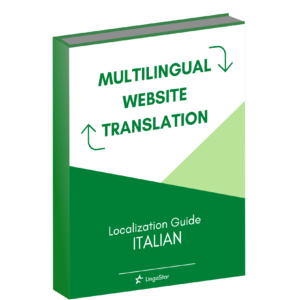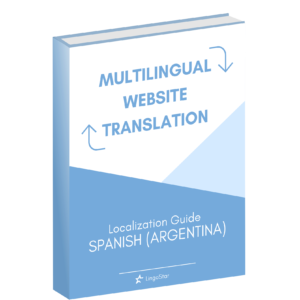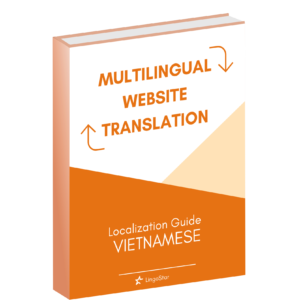
The Word on the Street Festival
The Word on the Street Festival During the month of September, Canada is the host of The Word on the Street Festival. It celebrates and promotes Canadian literature, reading, writing, and literacy. This festival occurred for the first time on September 30, 1990 in Toronto. Attendance was surprisingly good and the event quickly became an important event nation-wide. Nowadays it is celebrated in Halifax, Toronto, Saskatoon, and Lethbridge, and there is also a preview event held in Kitchener. It is the largest literary festival in Canada. Get further information here. Who attends this Festival? Every year, authors, publishers and readers from all over Canada and other countries come to The Word on the Street. The festival provides opportunities for authors to promote their work, sign books, do readings, and attend meet and greets. It is also an opportunity for people to meet their favorite authors, buy new books, and celebrate literature and literacy. The festival attracts people of all ages and interests. There, you can find different types of books and magazines of any genre, such as poetry and fiction. This is a win-win situation for authors, readers and publishers. What makes this Festival so amazing? Besides the obvious attraction, the books, you will also find a bunch of activities that will catch your attention and entertain you. You can attend authors’ events such as book signings, giveaways, and conferences. You can also enjoy presentations as part of the Spoken Word Showcase that includes a Q&A at the end to get to know the poets and their stories. On the other hand, if you are interested in buying, there...





